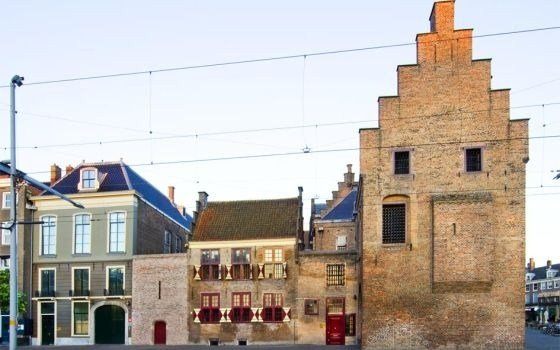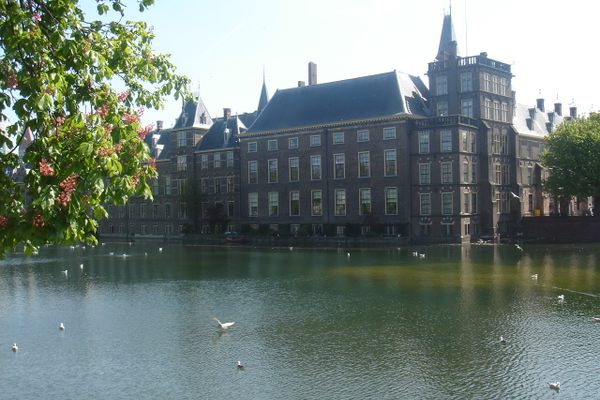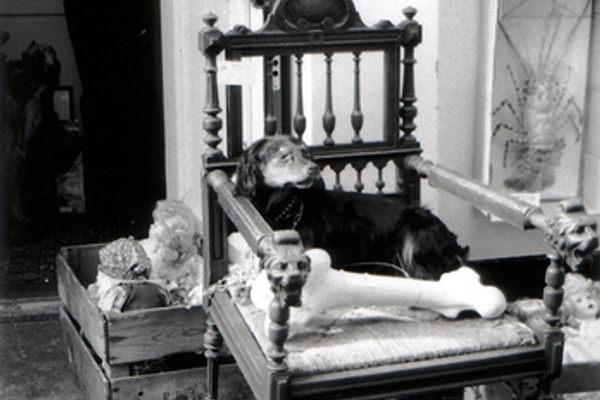Museum de Gevangenpoort (The Prison Gate Museum)
A seven-century-old jail tells a not-so-pleasant history of crime and punishment.
Ironically (or appropriately) situated in the acclaimed “International City of Peace and Justice,” the Prison Gate Museum in The Hague exhibits all too well how ‘peace’ and ‘justice’ have evolved over the ages.
The former prison of the Court of Holland opened its gates for business in 1428. The jail initially functioned to confine debtors and criminals awaiting interrogation and trial. Incarceration itself was not considered a punishment until the 17th century and suspects were often held in cramped, dark cells for months at a time. The museum recreates the claustrophobia felt by famous Dutch figures such as Cornelis de Witt, accused of plotting against the Prince of Orange, and Abraham de Wicquefort, charged with espionage.
The first floor torture chamber is where the stories come to life. The chamber is studded with a chilling collection of creative misery-delivering devices. These inventive mechanisms were used to extract confessions of suspected criminals. Gazing about this room, it isn’t hard to imagine how the punishment for a crime might be less miserable than the extraction process. The prison’s intentionally thin floors and ceilings contributed to its aura of hopelessness by echoing the shrieks and wails of the victims below.
The museum bursts with tales of political conspiracies, elaborate criminal schemes, and the publication of ideas once considered dangerous for the public. The narratives displayed in the prison reflect just how flexible the terms ‘Justice’ and ‘Peace’ have been throughout human history.


























Follow us on Twitter to get the latest on the world's hidden wonders.
Like us on Facebook to get the latest on the world's hidden wonders.
Follow us on Twitter Like us on Facebook